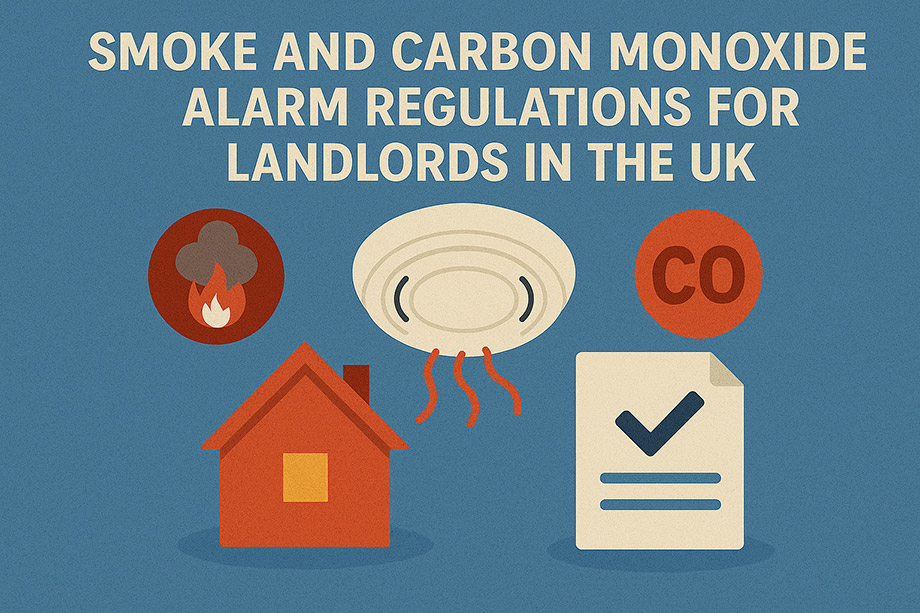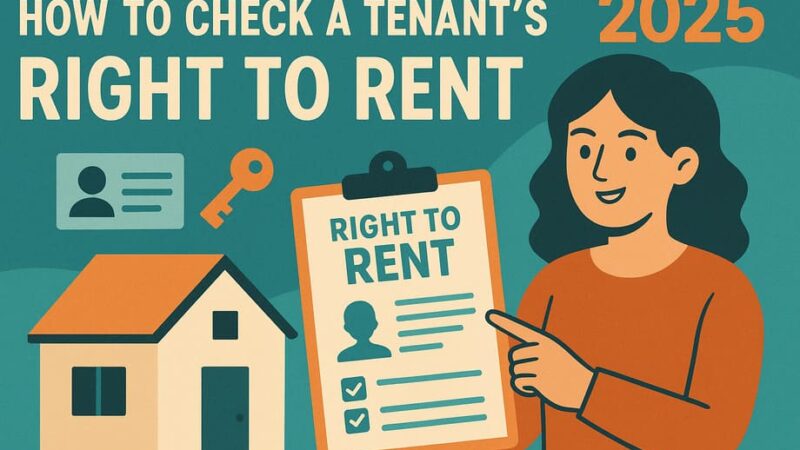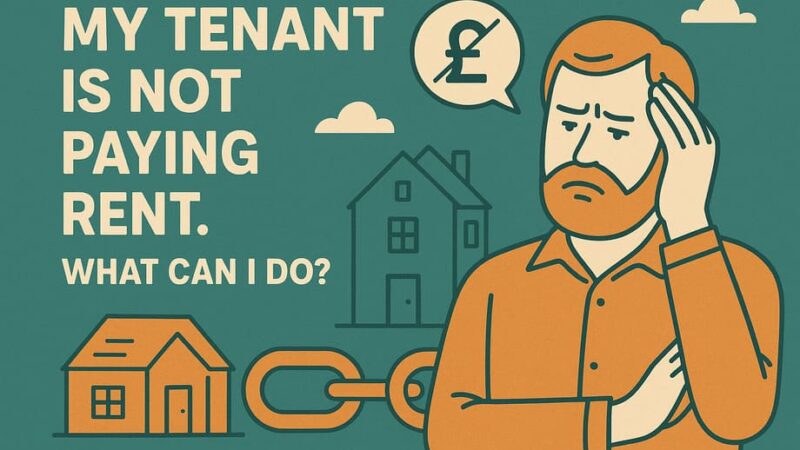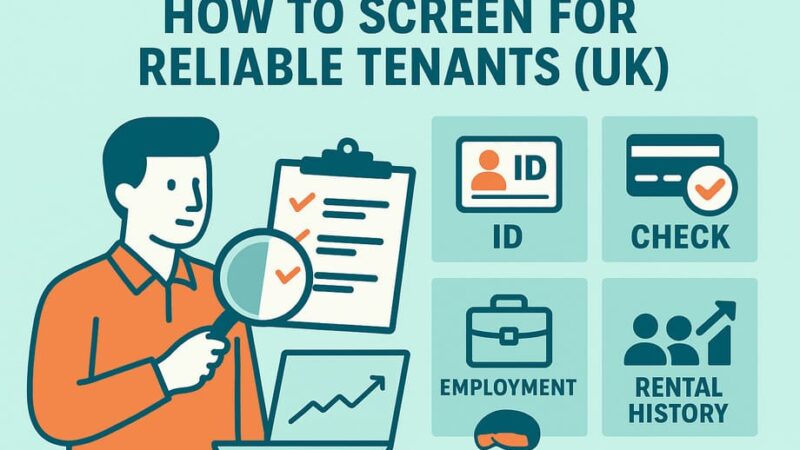Smoke and Carbon Monoxide Alarm Regulations for Landlords in the UK – What You Need to Know

As a landlord in the UK, ensuring your rental property is safe is not just good practice—it’s the law. Since 2015, smoke and carbon monoxide alarm regulations have been in place to protect tenants from life-threatening hazards. Understanding these rules helps you keep your property compliant and your tenants safe.
What Are the Smoke and Carbon Monoxide Alarm Regulations?
The Smoke and Carbon Monoxide Alarm (England) Regulations 2015 require landlords to install working smoke alarms on every floor of their rental properties. If your property has any solid fuel appliances, like wood-burning stoves or coal fires, you must also install a carbon monoxide alarm in the room where the appliance is located.
These rules apply to most rented homes, including houses, flats, and some Houses in Multiple Occupation (HMOs). They cover both new tenancies starting from October 1, 2015, and ongoing tenancies from October 1, 2016.
Your Responsibilities as a Landlord
You must install at least one smoke alarm on each floor of your rental property. If there’s a solid fuel appliance, a carbon monoxide alarm must be installed in that room. Importantly, it’s your responsibility to make sure these alarms are working at the start of each tenancy.
While tenants are expected to notify you if an alarm isn’t working during their tenancy, you remain responsible for repairs and replacements.
Where and How Should Alarms Be Installed?
Smoke alarms should be fitted on every storey where there is living accommodation. This includes hallways, landings, living rooms, and bedrooms. Carbon monoxide alarms must be placed in rooms containing solid fuel appliances but are not required for gas or electric appliances.
Alarms should meet British Standards—look for those certified to BS EN standards. Placement is key: install smoke alarms on the ceiling, away from kitchens and bathrooms to avoid false alarms.
Testing and Maintenance
Before a new tenancy begins, check that all alarms are functioning properly. Testing should be done by pressing the test button on the device. Regular maintenance during the tenancy is encouraged, and landlords should remind tenants to report any issues.
Keeping written records of installation dates, maintenance checks, and tenant notifications can be invaluable if disputes arise.
What Happens if You Don’t Comply?
Failure to follow these regulations can lead to penalties. Local authorities have the power to inspect your property and issue fines of up to £5,000 for non-compliance. Additionally, failure to provide working alarms could impact your ability to legally evict tenants and may result in civil claims if a tenant is harmed due to negligence.
Extra Fire Safety Tips for Landlords
While smoke and carbon monoxide alarms are essential, consider other safety measures like fire extinguishers, fire blankets, and clear escape routes. Some landlords also choose to provide tenants with fire safety advice to raise awareness.
Summary
Smoke and carbon monoxide alarm regulations exist to protect lives. As a landlord, your legal duty is to install and maintain these alarms properly. Doing so not only keeps you compliant but also creates a safer home for your tenants.
If you’re unsure whether your alarms meet current standards or where exactly to install them, consult a professional or local housing authority. Taking proactive steps today can prevent serious problems tomorrow.
Last Updated on July 21, 2025 by James Cartwright







